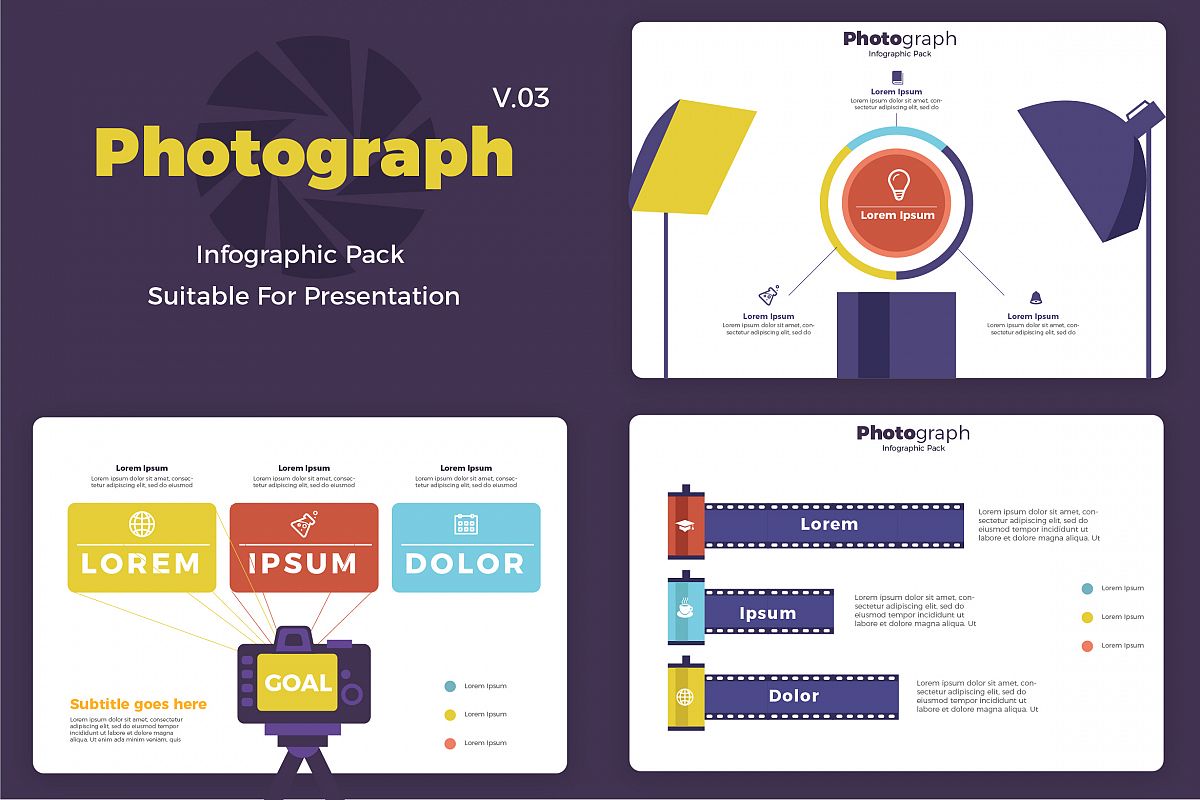Join Us To Find Essential Digital Photography Pointers That Will Unlock Your Cam'S Capacity-- Prepare To Capture Spectacular Photos In A Snap!
Join Us To Find Essential Digital Photography Pointers That Will Unlock Your Cam'S Capacity-- Prepare To Capture Spectacular Photos In A Snap!
Blog Article
Writer-Grant Monroe
When you initially grab your electronic camera, it can feel overwhelming with all the setups and alternatives available. You could find yourself questioning just how to navigate aperture, shutter speed, and ISO effectively. Understanding these basics is important, but there's even more to digital photography than simply technical knowledge. Recognizing composition methods and lights problems can boost your images substantially. So, what if you could learn basic approaches to boost your abilities and begin catching impressive photos earlier than you think? Let's discover how to change your digital photography trip.
Understanding Electronic Camera Settings
Understanding your cam settings is essential for recording spectacular photos. When you grab your video camera, acquaint yourself with the three main setups: aperture, shutter speed, and ISO. Each plays a crucial function in how your images end up.
Beginning with aperture, which regulates the amount of light getting in the lens. A bigger aperture (lower f-number) allows extra light and produces a beautiful history blur, ideal for portraits. Conversely, a narrower aperture (higher f-number) maintains more of the scene in emphasis, perfect for landscapes.
Next, concentrate on shutter rate. This setting figures out how much time your video camera's sensing unit is subjected to light. A rapid shutter speed freezes movement, which is terrific for activity shots, while a slow shutter rate can create stunning effects like smooth water in landscapes.
Last but not least, readjust your ISO. This setting influences your camera's sensitivity to light. A greater ISO works in low-light circumstances yet can introduce sound or grain. Aim for the lowest ISO possible while still accomplishing appropriate exposure.
Structure Methods
When you're out shooting, structure can make all the distinction in just how your pictures reverberate with audiences. Begin by utilizing the rule of thirds; imagine your structure divided right into 9 equivalent sections with 2 horizontal and 2 upright lines. Position crucial elements along these lines or at their junctions to create equilibrium and interest.
Next off, think about leading Environmental photographer . These all-natural lines in your scene, like roadways or rivers, attract the viewer's eye right into the photo, leading them via the story you're informing.
Do not forget mounting; usage elements within your scene, like trees or windows, to create a structure around your topic, including deepness and emphasis.
Also, watch on your history. A chaotic background can distract from your primary topic, while an easy one aids it stick out.
Lastly, trying out proportion and patterns; they can produce a striking photo that captures interest.
Learning Lighting Issues
Understanding illumination conditions is crucial for capturing sensational photographs, as the right light can change a normal scene into something phenomenal.
Start by observing all-natural light at various times of the day. Early mornings and late afternoons offer the most effective light, referred to as the gold hour. The soft, warm tones during these times can improve your images magnificently.
Do not shy away from cloudy days either; diffused light can minimize harsh darkness and create a pleasing effect, particularly for portraits.
Explore backlighting by placing your topic against the light. This strategy can develop a dreamy halo effect and include deepness to your images.
Take notice of your electronic camera setups too. Readjust https://fstoppers.com/education/different-types-light-landscape-photography-453665 , aperture, and shutter speed to match the illumination conditions. A greater ISO can aid in reduced light, yet beware of grain.
Use a tripod in darker settings to stay clear of blur.
Lastly, do not neglect artificial illumination. Flash and constant lights can be terrific tools for managing light in difficult conditions.
Verdict
To conclude, grasping your electronic camera doesn't need to be overwhelming. By understanding your setups, using structure techniques, and taking advantage of the power of all-natural light, you'll swiftly elevate your digital photography skills. Bear in mind, practice makes perfect, so get out there and try out your newly found knowledge. With time and dedication, you'll be capturing stunning pictures that mirror your unique viewpoint. Take pleasure in the journey, and do not fail to remember to have a good time while you go to it!
